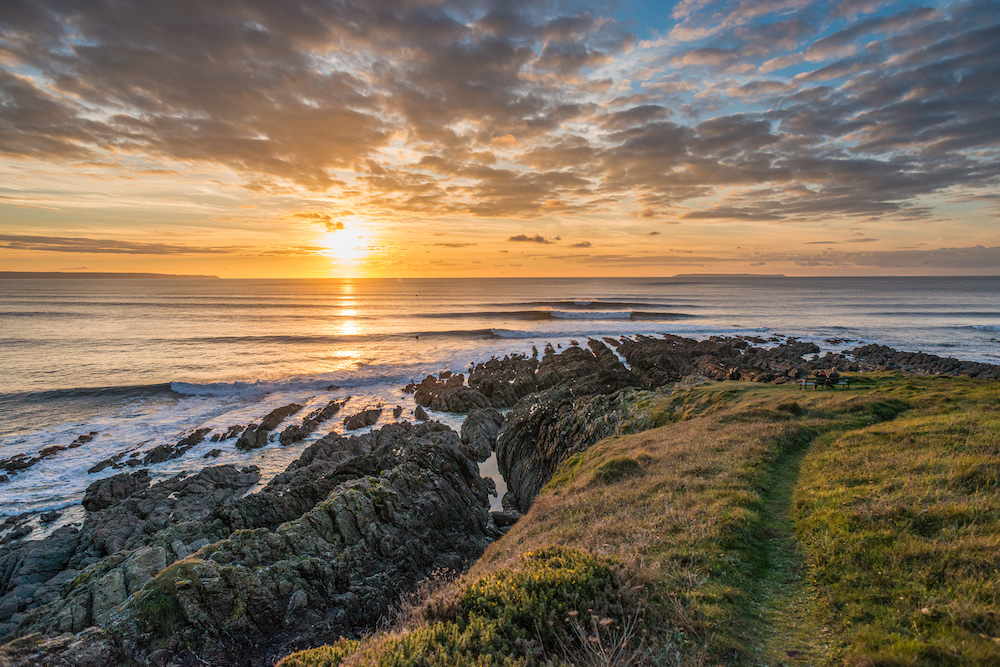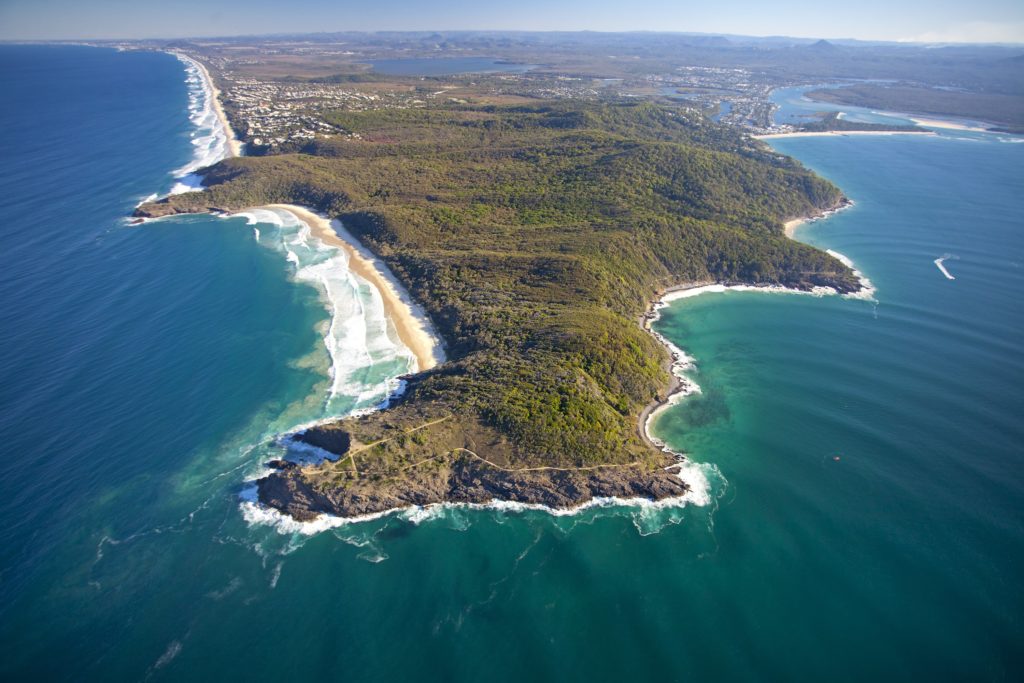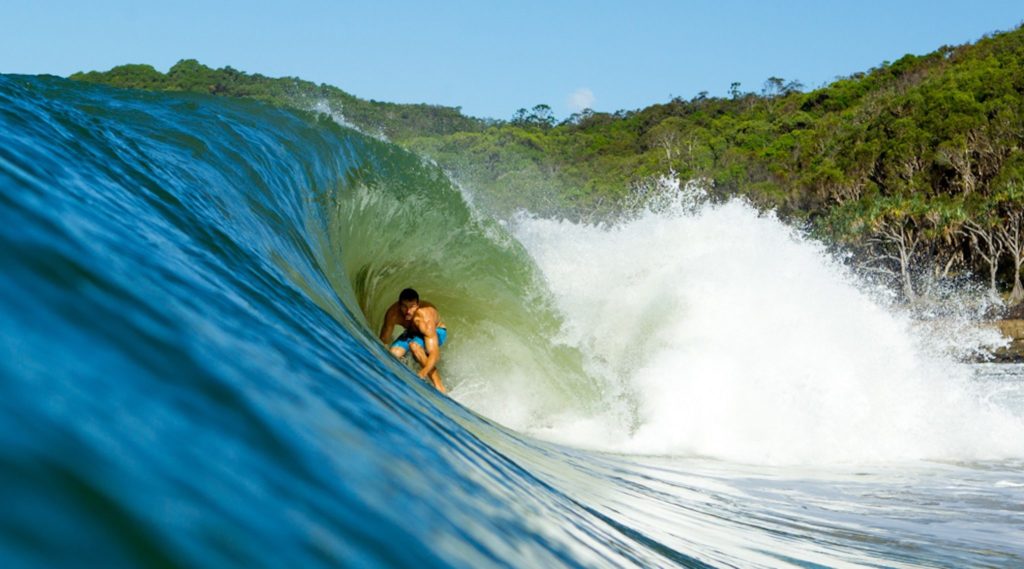
Protect, Steward, Defend… And the perfect place for your next surf trip.
In January 2022, 20 miles of the North Devon coastline became the 12th World Surfing Reserve. The WSR mission is simple; to protect surf ecosystems across the globe. The vision is a world where surf ecosystems are valued and protected and where surfing provides a vehicle for long-term coastal conservation. The end goal is to protect 1,000 surf ecosystems by 2030.
North Devon was awarded its status due to its high density of outstanding surfing destinations and its rich surfing history. The Spring Classic Surf Invitational, held at Combesgate in May and this weekend’s screening of The Yin and Yang of Gerry Lopez film at Croyde further illustrate how this stretch of coast is one of the breathing lungs of UK surf culture.
But what of the other World Surfing Reserves? From iconic surf locations like Malibu and the Gold Coast, European icons like Ericeira to hidden gems like Brazil’s Guarda do Embaú, they provide a template for how surfing conservation can make a difference. They are also destinations where you can surf your brains out. In this series, we look at each WSR in depth. The first cab off the rank is Noosa, the Queensland surf town known for its point break perfection and endless summer vibes.
A Cup of Tea with God
Noosa Heads is a small coastal town situated on Queensland’s Sunshine Coast, about 80 miles north of Brisbane. Noosa is famed for its stunning beaches, tourism, and a planning scheme that has kept the town in a semi-developed and fairly pristine state. It is a mecca for Swedish backpackers, a haven for Australian holidaymakers, and for nine months of the year a fairly uninspiring place for surfers. Sure the sun is incredibly hot, the water ridiculously warm, the sandy beaches blindingly white, but the fun beach breaks don’t exactly fall into world-class quality.
However in the summer months, when intense low pressures and cyclones form in the Coral Sea, in the pristine National Park located just six miles to the south of the town a series of boulder lines reel off pure perfection. It is when this happens that Noosa comes alive, the waves and setting offering a pure vision of perfection, ranging from perfect rolling longboarding peelers to sand spitting Kirra-like barrels. It is this experience that was described as having a cup of tea with God in a surfing magazine in 1967.
Its rarity only adds to its value, for if you find yourself sitting in the throat of a Boiling Pot drainer, you know you have bagged one of surfing’s most rare, beautiful, and pleasurable experiences.
The Waves
The National Park (or the ‘Nasho’ in Aussie vernacular) offers five distinct point breaks. From the top of the point, Granite Bay, Ti-Tree, National Park, Johnsons, and First Point all face north, away from the predominant southeast swell, and for real surf rely on rare angled cyclone swells and long, Fiji-based easterly wind fetches. These don’t happen very often.
The south swells that can light up the Gold Coast’s famed points, march straight past Noosa, swinging well wide of its groomed sandbanks. However, as soon as the swell angles a more straight east, the five points roar into action, along with a guaranteed rabid frothing crowd desperately keen to suck on this rare slice of surfing life force.
You get to the first section, Granites, by a hot but beautiful half-hour walk through the bushland of Noosa National Park. This is usually the least crowded and least spectacular of the five breaks. The next, Ti-Trees drives long rights off a bouldery headland with some good barrels on lower tides depending on the sand set up. National Park, or Boiling Pots, is the next, best, most famous and intense of Noosa’s waves. A tight, steep, gurgling, and difficult takeoff zone (known as Boiling Pot) is followed by 250-500 yards of reeling, sectiony wall, sometimes running right through Johnson’s Bay further down the line. Finally, First Point tucked just outside the corner of Noosa’s main beach, is a perfect easy peeling wave dominated by longboards, and the site of the annual Noosa Surfing Festival, Australia’s biggest retro surfing jamboree.
The good news is when the cyclone swells arrive they can tend to last for days, meaning by the end of the swell, fatigue and surf stoke can keep the crowds to a tolerable level. Unfortunately, its north-facing aspect means they are open to the northerly sea breeze, which can turn perfection into mush in a heartbeat.
If that’s the case, the beaches of Sunshine and Alexandria Bay offer respite, and suck in any swell. In any case, if you’ve bagged a cyclone swell maybe it’s time to hit one of the many packed beach bars and perhaps tell your glory stories to some of those Swedish backpackers?

Fun Facts
The perfect day: It’s day five of a Cyclone swell, the east-northeast swell and light south winds providing all five points with six-foot waves. Paddle fit and not sunburnt to a crisp, you paddle out at Boiling Pots on low tide at dark, and spend the next two hours riding one of surfing’s rare jewels with just 50 other guys.
Getting there: Fly into Brisbane and drive two hours north to the Sunshine Coast.
Surfcraft: You’ll see everything in the line-up from alaias to 13-feet balsa loggers to high-performance shortboards. It’s Noosa, so anything goes.
Essentials: Loads of sunscreen, loads of patience, loads of divine dumb luck, and plenty of paddling power.
Accommodation: From 5-star boutique hotels to tents in the local camping ground, there is every option for every budget.
Other waves: The Noosa main breaks provide fun beachies, but when the swell drops, like every other man and his dog, you’ll be heading to the Gold Coast to chase the Superbank dragon.

